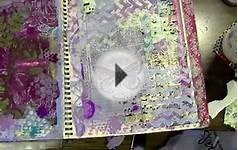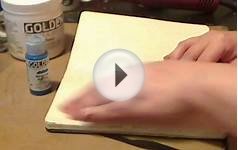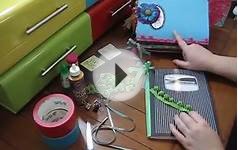 In recent years, school curricula in the United States have shifted heavily toward common core subjects of reading and math, but what about the arts? Although some may regard art education as a luxury, simple creative activities are some of the building blocks of child development. Learning to create and appreciate visual aesthetics may be more important than ever to the development of the next generation of children as they grow up.
In recent years, school curricula in the United States have shifted heavily toward common core subjects of reading and math, but what about the arts? Although some may regard art education as a luxury, simple creative activities are some of the building blocks of child development. Learning to create and appreciate visual aesthetics may be more important than ever to the development of the next generation of children as they grow up.
Developmental Benefits of Art
Motor Skills: Many of the motions involved in making art, such as holding a paintbrush or scribbling with a crayon, are essential to the growth of fine motor skills in young children. According to the National Institutes of Health, developmental milestones around age three should include drawing a circle and beginning to use safety scissors. Around age four, children may be able to draw a square and begin cutting straight lines with scissors. Many preschool programs emphasize the use of scissors because it develops the dexterity children will need for writing.
Language Development: For very young children, making art—or just talking about it—provides opportunities to learn words for colors, shapes and actions. When toddlers are as young as a year old, parents can do simple activities such as crumpling up paper and calling it a “ball.” By elementary school, students can use descriptive words to discuss their own creations or to talk about what feelings are elicited when they see different styles of artwork.
Decision Making: According to a report by Americans for the Arts, art education strengthens problem-solving and critical-thinking skills. The experience of making decisions and choices in the course of creating art carries over into other parts of life. “If they are exploring and thinking and experimenting and trying new ideas, then creativity has a chance to blossom, ” says MaryAnn Kohl, an arts educator and author of numerous books about children’s art education.








